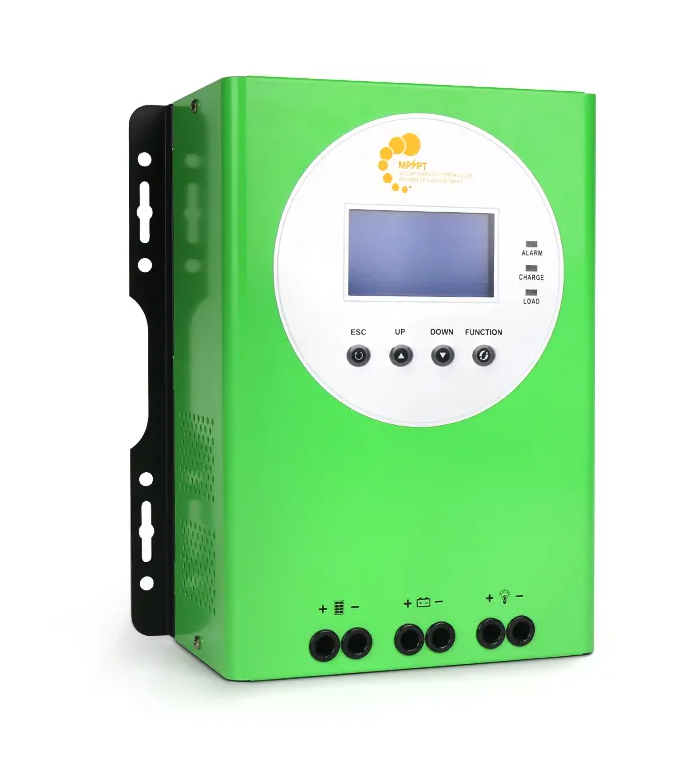
Integrate PowSmart's solar charge controllers into your renewable energy systems to ensure optimal power conversion, battery protection, and system longevity.
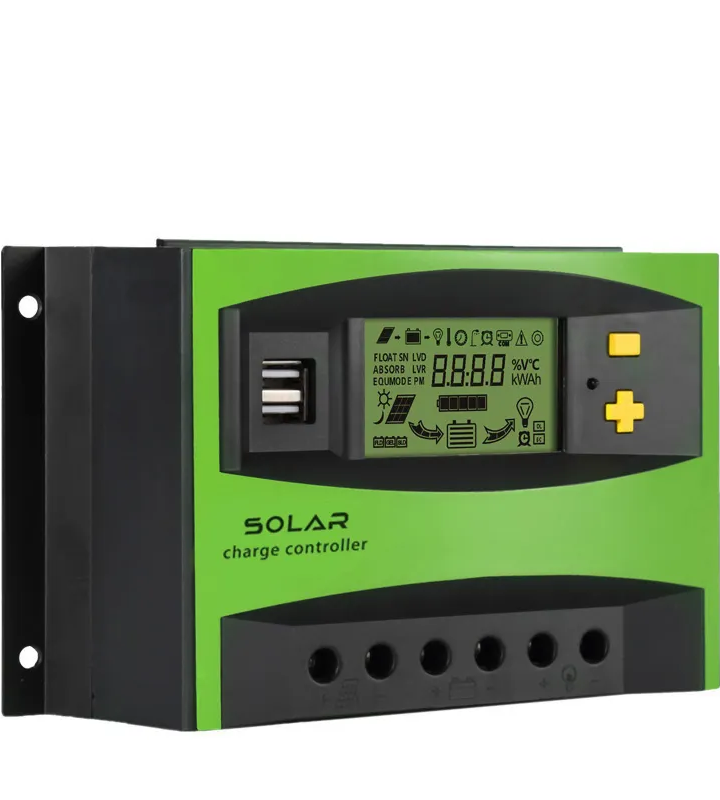
Discover PowSmart’s Advanced Solar Charge Controller, engineered to elevate the performance of your solar energy systems. This high - tech device efficiently manages the flow of power between solar panels and batteries, ensuring maximum energy harvest and extended battery life. With advanced MPPT (Maximum Power Point Tracking) technology, it constantly adjusts to changing sunlight conditions to extract the highest possible power from solar panels. Whether for residential, commercial, or off - grid applications, our controller is a reliable choice. It’s also designed with user - friendly features for easy installation and monitoring. Explore how PowSmart’s Advanced Solar Charge Controller can transform your solar projects and provide long - term energy solutions.
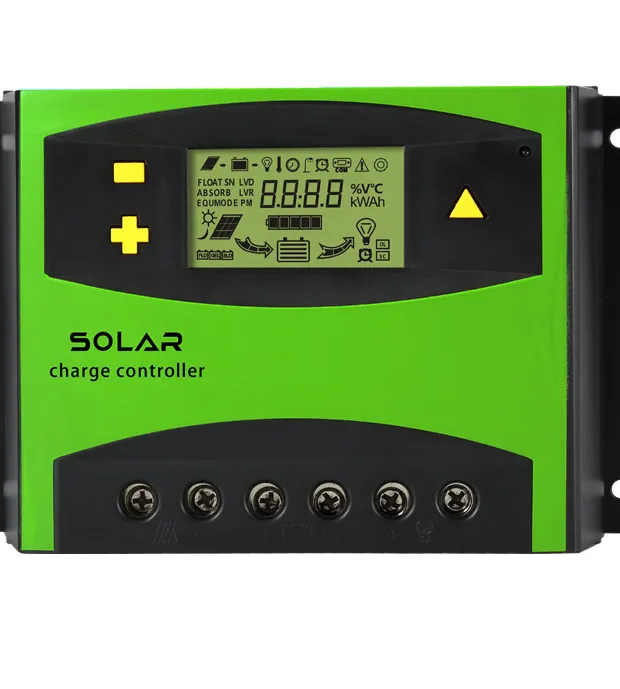
PowSmart offers customizable solar charge controllers tailored to OEM requirements. Our engineering team collaborates with clients to develop controllers that meet specific voltage, capacity, and application needs. With a focus on quality and innovation, PowSmart delivers solutions that align with your brand and technical specifications.
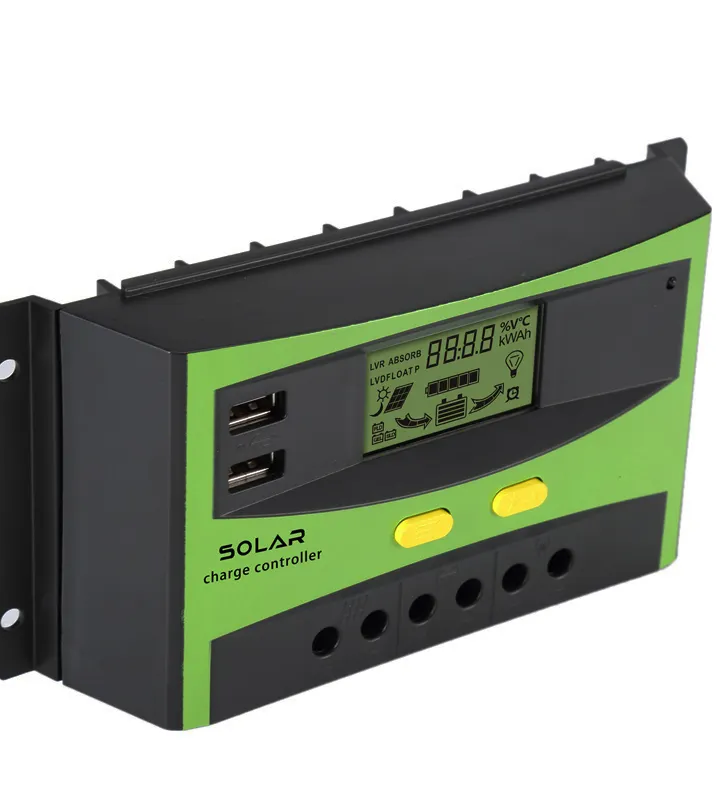
PowSmart’s Compact Solar Charge Controller is a game - changer for those who need a space - saving solution for their solar systems. Its sleek and compact design allows for easy integration into various solar setups, whether in residential, commercial, or off - grid environments. Despite its small size, this controller doesn’t compromise on performance. It offers precise power regulation, protecting your batteries and ensuring optimal energy storage. With features like automatic load control and battery temperature compensation, it adapts to different operating conditions. For B2B customers looking for a reliable and compact solar charge controller, PowSmart has the answer to enhance the efficiency and functionality of your solar projects.

Experience the perfect blend of compact design and powerful performance with PowSmart’s Compact MPPT Solar Controller. This innovative controller is designed to fit into tight spaces without sacrificing functionality. It incorporates MPPT technology to efficiently convert solar energy into usable power, increasing the overall efficiency of your solar system. Whether for small - scale off - grid applications or as an add - on to existing solar setups, its compact size makes installation a breeze. Despite its small footprint, it offers all the essential features for reliable power management, including over - voltage, under - voltage, and over - current protection. Ideal for B2B customers seeking space - saving yet high - performing solar solutions.
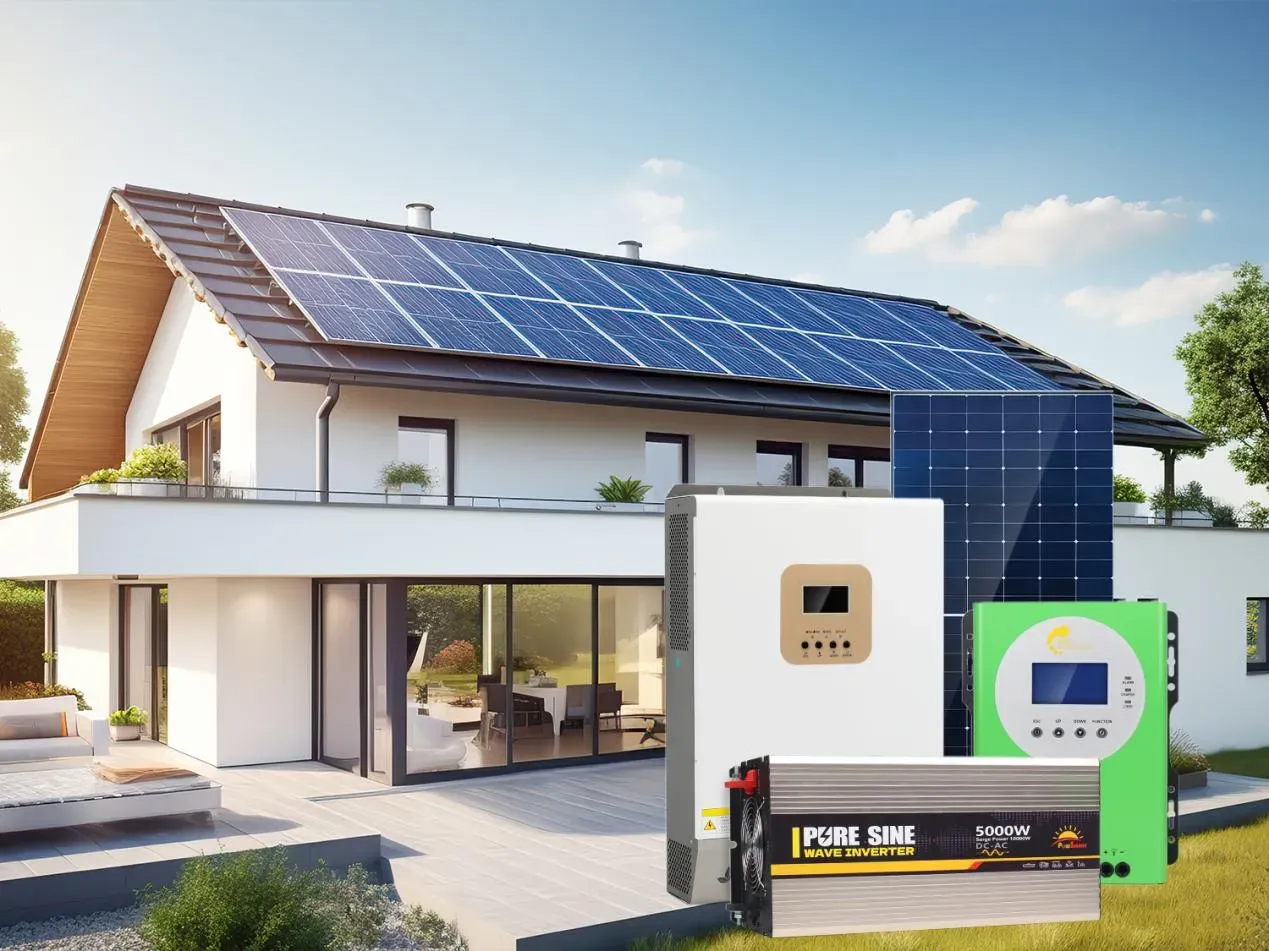
Sunrise New Energy is a one-stop provider of energy storage and photovoltaic power generation solutions. Our mission is to create a new way of life by integrating clean energy into our daily lives and achieving perfect harmony between man and nature. As a professional solar module and system solution provider, our products will benefit more people!
Our products include off-grid inverters, solar hybrid inverters, solar controllers, solar panels, storage batteries, PV off-grid systems, grid-connected systems, hybrid systems, PV racking systems, and other PV series products, and have been certified by FCC, ETL, CE, and so on.
Our inverters and batteries are designed for superior performance and reliability.
We ensure smooth processing and timely delivery of large-scale orders.
Our products feature cutting-edge technology for optimal energy solutions.
We provide responsive and knowledgeable support for all client needs.
PowSmart's controllers are compatible with various battery types, including sealed lead-acid, gel, flooded, and lithium-ion batteries.
Yes, our controllers are suitable for off-grid applications, providing reliable energy management in remote locations.
Select models feature IoT connectivity, allowing for remote monitoring and control via Bluetooth or Wi-Fi.
Our controllers support a maximum PV input voltage of up to 150V, accommodating various solar panel configurations.
Yes, our controllers can manage multiple energy inputs, making them ideal for hybrid systems combining solar with other renewable sources.
Our controllers employ advanced charging algorithms, temperature compensation, and protection mechanisms to prevent overcharging, deep discharging, and thermal damage.
